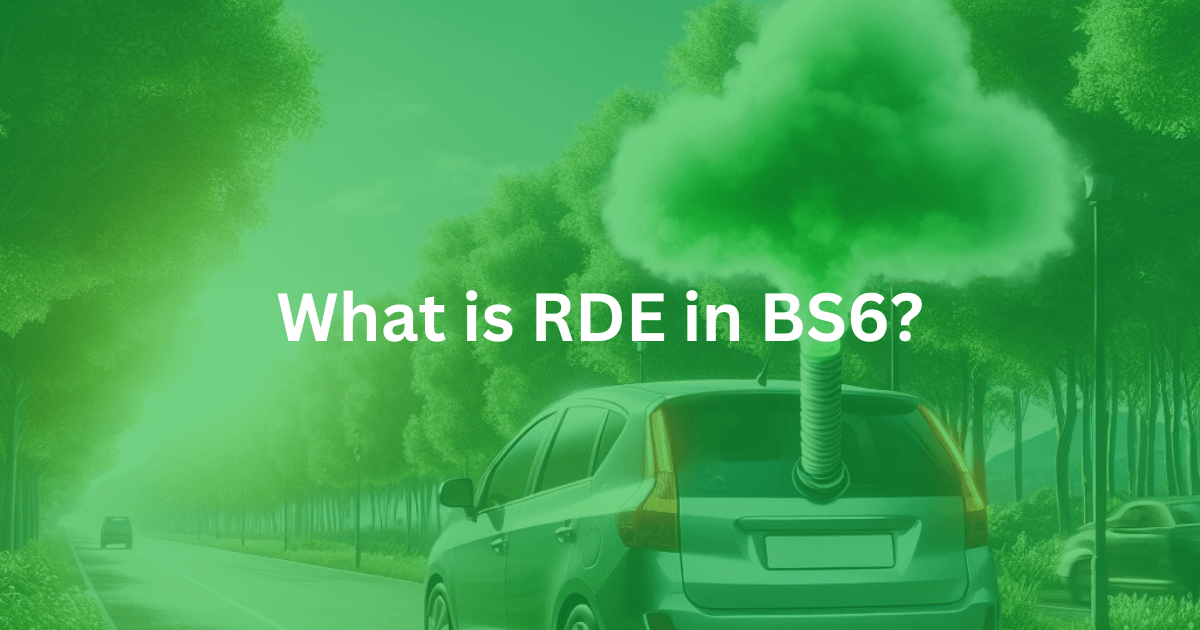Real driving emissions (RDE) tests have emerged as a critical benchmark in the automotive industry in the ever-evolving landscape of environmental regulation and the push towards cleaner, more sustainable motoring. Unlike traditional laboratory-based examinations that measure pollutants emitted by vehicles under controlled conditions, RDE tests are conducted on the open road, offering a more accurate representation of a vehicle’s environmental impact under actual driving circumstances. These tests are designed to capture a wide range of driving conditions, including various speeds, temperatures, and altitudes, to ensure that a vehicle’s performance aligns with regulatory standards not just in theory, but in the reality of daily commutes and road trips.
The introduction of RDE tests marks a significant shift towards greater transparency and accountability in the automotive sector, providing consumers with the confidence that their vehicles are safe, efficient, and kinder to the planet. As such, RDE tests are not just a technical requirement—they are a pivotal step forward in the journey towards sustainable mobility.
What is emission in a vehicle?
Emission in a vehicle refers to the release of gases and particles into the atmosphere as a result of the combustion process occurring within the engine. The most common emissions from vehicles include carbon dioxide (CO2), carbon monoxide (CO), nitrogen oxides (NOx), and particulate matter (PM). These substances are considered pollutants and can have adverse effects on air quality, human health, and the environment.
What is real driving emission? RDE Norms?
Real Driving Emissions (RDE) refer to the measurement of a vehicle’s pollutant emissions, such as nitrogen oxides (NOx), carbon monoxide, and particulate matter, under real-world driving conditions outside of the laboratory. These tests use a Portable Emissions Measurement System (PEMS) to collect data on exhaust emissions while the vehicle is driven on public roads under a variety of conditions, including different speeds, temperatures, and road types. This approach aims to provide a more accurate reflection of a vehicle’s day-to-day emissions versus those obtained from traditional laboratory tests. Introduced to address the discrepancy between laboratory emission levels and those in real traffic, RDE tests are a supplement to the existing emissions testing framework.
Starting 1st April 2023, the enforcement of the RDE norms signifies a significant shift in how vehicular emissions are evaluated. Vehicles, especially those running on diesel and petrol, will now need to comply with emission standards that are far closer to their emissions in real-world driving scenarios. The Euro 6 (Euro VI) standards, known as BS6 in India (Bharat Stage 6), have set strict limits on NOx emissions and particulate emissions for new vehicles. These norms not only tighten the boundary conditions for emission values but also introduce a conformity factor to ensure that cars deliver low emissions across a wide range of real-world driving conditions. Carmakers may face additional costs due to the need for advanced technologies like Selective Catalytic Reduction (SCR) and exhaust after-treatment systems to make diesel cars and SUVs comply with RDE regulations.
The introduction of RDE norms highlights a global move towards more stringent emission norms to reduce vehicular pollution. The PEMS technology accurately measures pollutants like nitrogen oxide and other chemicals from the exhaust fumes.
In coming years, there will be higher norms for the EVs as well.





